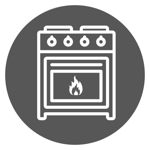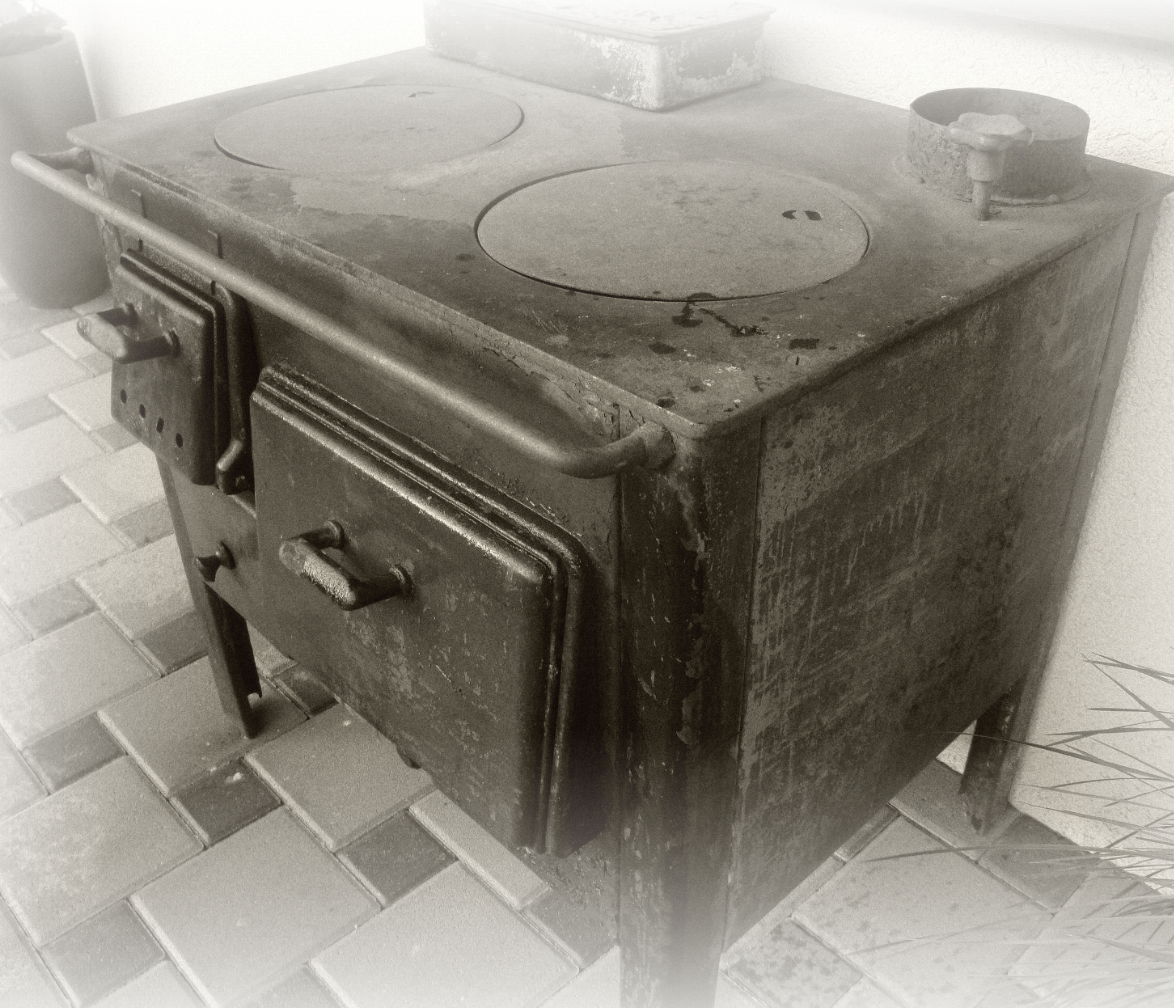Fire resistance

Fire resistance - another term without standardized unit
In the relevant technical literature one looks up the definition of a fire resistance of porcelain and ceramic tableware without success. Even the definition according to Hans Friedl is more than poorly. A lot of text, but in the end the reader is hardly any smarter. It becomes much more detailed when one studies the publications of Prof. Dr.-Ing. Hermann Salmang, who, with his habilitation "Feuerfestigkeit der Tone" in 1925, at least defined the technical requirements of a "refractoriness to fire" in concrete terms. Prof. Dr. rer. nat. Horst Scholze, 1971-1986 Director of the Fraunhofer Institute for Silicate Research in Würzburg, then assigned measurable values and quality levels to the term. Unfortunately, however, all of them apply mainly to the field of technical ceramics and do not apply to the tableware segment.
Under the aspect of a missing standard we define as follows
By fire resistant porcelain we mean articles made of high fired hard porcelain, whose thermal resistance has been increased by the addition of a higher proportion of quartz in the basic mass and/or also special recipes made of silicates and other mineral raw materials, making them particularly suitable as cookware for preparing food under high heat. With such cookware it is also necessary to adjust the composition of the glazes to the body.

However, the term "fireproof" comes from a misleading description from a time when ovens and hobs (see picture) were still operated with direct flame, i.e. with open fire through wood, coal or gas. Even in those days, the manufacturers of fireproof crockery strongly recommended that direct flames be distributed by bracing wire nets to prevent punctual irradiation of the clay crockery of the time with a direct, open flame. Friedl translated this with a "use economic utilization of the flame" by distributing the heat over an area.
Fireproof dish is not suitable for direct exposure to fire and flame!
Fireproof tableware from Holst Porzellan
Many manufacturers give their ovenproof tableware imaginative names such as Lucifer, Pyroflam, Ceratherm and others, which are all ultimately intended to create an association with heat. With us this simply means ovenproof or fireproof. Specifically, we use the term fireproof to describe our porcelain and ceramic tableware
- by adding a higher proportion of quartz in the body
- a reinforced wall
- and usually a plane bottom
a particularly good application property for the preparation of food in ovens, convectomats, steamers, superheated steamers and salamanders, without direct flame action on the respective article In accordance with our quality standards, we distinguish four different materials in the current collections
- High Alumina Porzellan, ovenproof up to 350 °C
- Hard porcelain, ovenproof up to 300 °C,
- Durable, ovenproof up to 220 °C,
- Ceramics, ovenproof up to 250 °C.
Please not that neither "fireproof" nor "ovenproof" covers a resistance against thermal shock!
